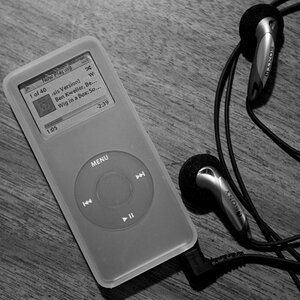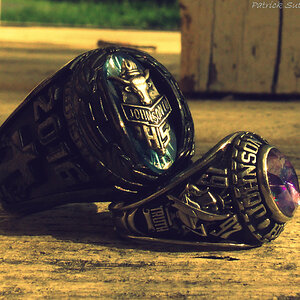Derrel
Mr. Rain Cloud
- Joined
- Jul 23, 2009
- Messages
- 48,225
- Reaction score
- 18,941
- Location
- USA
- Website
- www.pbase.com
- Can others edit my Photos
- Photos OK to edit
Different sensors and processing of the in-camera .JPG images, maybe? In the old days, 7 to 8 stops' worth of total dynamic range meant that the highlight tone placement on a color positive image was not that far above the mid-tone, and the detail-free shadows were not very far below the mid tones.
The "new" Exmor gen Sony-made sensor tech brought with it an amazing shift in how much a BLACK shadow could be "lifted" in post.Pentax was an early adopter of Sony sensors.
The "new" Exmor gen Sony-made sensor tech brought with it an amazing shift in how much a BLACK shadow could be "lifted" in post.Pentax was an early adopter of Sony sensors.



![[No title]](/data/xfmg/thumbnail/30/30987-a33ca8e90b5d786c21e59d37945b9cc6.jpg?1619734552)

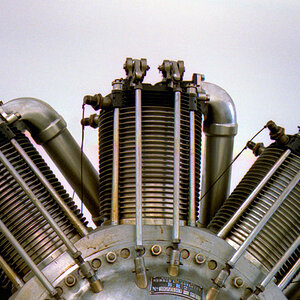
![[No title]](/data/xfmg/thumbnail/30/30986-0fbf9af8f70b46ce37aeb237ba68b573.jpg?1619734551)
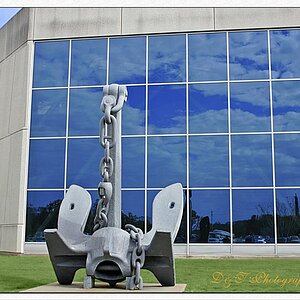
![[No title]](/data/xfmg/thumbnail/41/41490-6af71315284539e04ae1878cda0d613f.jpg?1619739818)
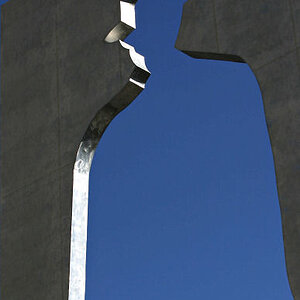
![[No title]](/data/xfmg/thumbnail/36/36132-5bd4fa365c199003273e0ff128bf42f4.jpg?1619737384)
![[No title]](/data/xfmg/thumbnail/30/30988-aef3845b94a67d6dcce6e4e59d5d66c3.jpg?1619734553)
![[No title]](/data/xfmg/thumbnail/37/37605-90c8efaef5b7d1f52d4bf8e7dfd33673.jpg?1619738148)
